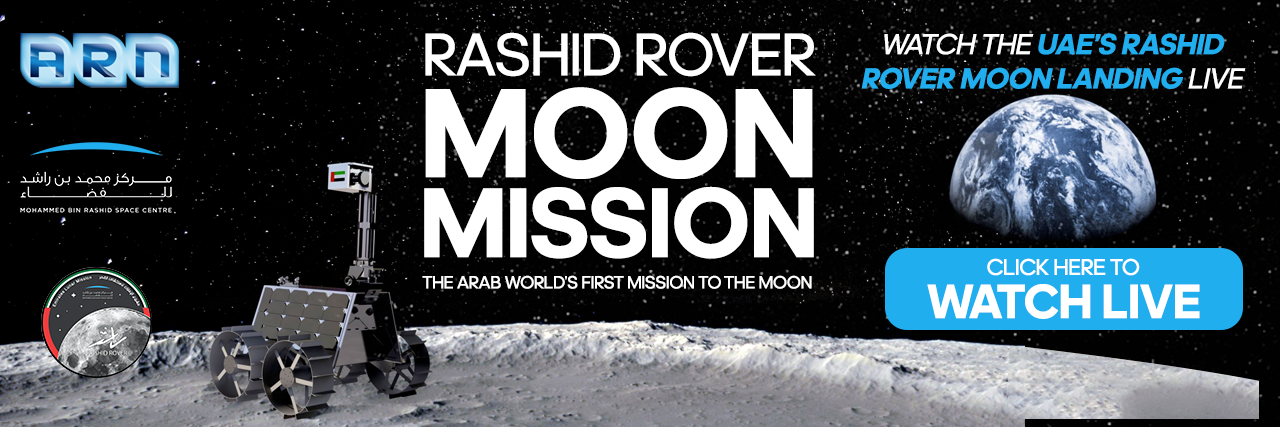
Chatha Pacha
Fejo & Shanker Mahadevan & Siddharth Mahadevan
UAE's Rashid Rover Attempts Historic Lunar Landing

The UAE's Rashid Rover attempts its lunar landing today, marking the Arab world's first moon mission. This significant achievement highlights the importance of investing in science and technology, inspiring future generations to pursue STEM fields. It shows that the Arab world can achieve great feats of scientific discovery with dedication, resources, and hard work.
The rover, developed by the Mohammed bin Rashid Space Centre, is equipped with a range of scientific instruments, including a high-resolution camera, a thermal imager, and a spectrometer. These tools will enable the rover to collect important data about the moon's geology, composition, and environment.
The mission utilizes the Japanese startup iSpace's lander, which will transport the Rashid Rover to the lunar surface. The lander uses a unique propulsion system, called "spike engines," which allow for a soft and controlled landing.
The landing site, located near the moon's south pole, was chosen for its potential to contain water ice, a valuable resource for future human exploration of the moon. The mission aims to provide a better understanding of the moon's resources and potential for supporting long-term human presence.
The mission also underscores the importance of international collaboration in space exploration. The partnership between the UAE and a Japanese startup showcases the benefits of pooling resources, knowledge, and expertise.
We will be live streaming the landing on our social media channels, providing a unique opportunity for people worldwide to share in the excitement and wonder of the lunar landing.
Overall, the mission represents a significant technological feat, showcasing the UAE's growing capabilities in space exploration. We await news of the Rashid Rover's success with bated breath, eagerly anticipating the possibilities it opens up for the future.
Blogs
-
 Radioactive in conversation with Akhil Kavalayoor
Radioactive in conversation with Akhil KavalayoorLatest With Hit
Akhil Kavalayoor live on Radio Active
-
 Grooving to the new weekend anthem!!
Grooving to the new weekend anthem!!Latest With Hit
Watch Dona & Jean as they grove to SakkathaGavle !
-
 AI Training with Raul John Aju
AI Training with Raul John AjuLatest With Hit
Ted X speaker, AI trainer Raul John Aju giving us AI lessons.

